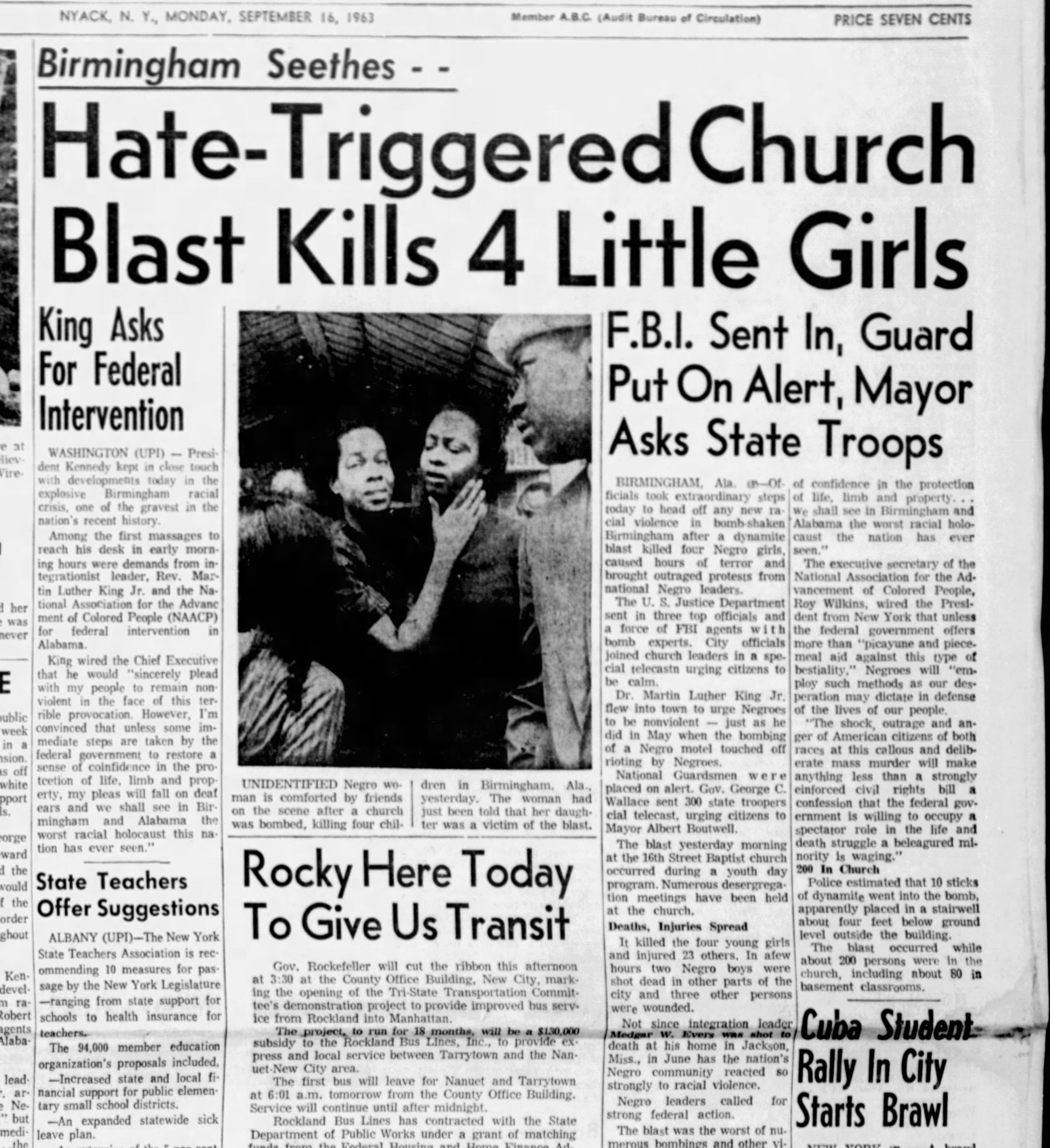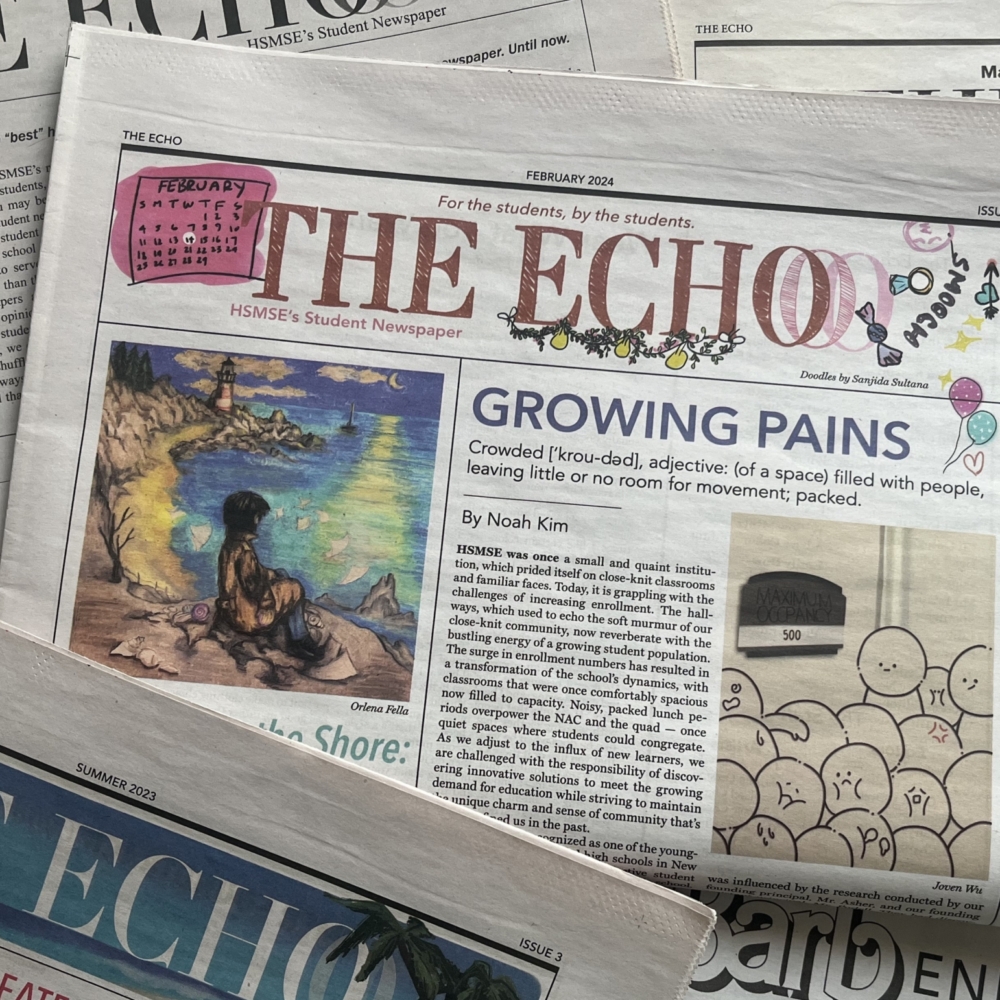The 8-Second Trick For News Articles
The 8-Second Trick For News Articles
Blog Article
The Definitive Guide for News Articles
Table of ContentsThe Single Strategy To Use For News ArticlesNews Articles Can Be Fun For AnyoneThe Best Guide To News ArticlesThe Of News ArticlesWhat Does News Articles Do?
Great knowledge of various subjects gives students an affordable side over their peers. Despite the fact that digital and social networks are conveniently easily accessible, we ought to not neglect exactly how vital it is to check out the papers. Parents have to try and instill the habit of reviewing a newspaper as an everyday regimen to continue the tradition of the revered print medium.Information tales likewise have at the very least among the following crucial characteristics family member to the intended audience: distance, prestige, timeliness, human interest, oddity, or repercussion. The relevant term journalese is sometimes utilized, generally pejoratively, to refer to news-style writing. Another is headlinese. Newspapers usually comply with an expository writing style.
Within these restrictions, news stories also aim to be extensive. Various other aspects are entailed, some stylistic and some acquired from the media kind. Amongst the bigger and a lot more respected newspapers, justness and equilibrium is a significant variable in offering details. Discourse is generally constrained to a different section, though each paper may have a different overall angle.
Newspapers with a global audience, for instance, have a tendency to use a more official design of composing. News Articles.; usual design overviews consist of the and the US Information Design Publication.
News Articles Can Be Fun For Everyone
Generally, journalists will not utilize a lengthy word when a brief one will do. They use subject-verb-object building and dazzling, energetic prose (see Grammar). They offer anecdotes, examples and metaphors, and they seldom rely on generalizations or abstract concepts. Information authors attempt to avoid using the same word greater than when in a paragraph (sometimes called an "echo" or "word mirror").
Headlines in some cases omit the topic (e.g., "Leaps From Watercraft, Catches in Wheel") or verb (e.g., "Feline lady lucky"). A subhead (likewise subhed, sub-headline, subheading, subtitle, deck or dek) can be either a secondary title under the main headline, or the heading of a subsection of the article. It is a heading that comes before the major text, or a group of paragraphs of the major message.

Added billboards of any of these types might appear later on in the post (especially on succeeding web pages) to attract more analysis. Such billboards are additionally made use of as pointers to the write-up in other areas of the publication or website, or as ads for the piece in various other publication or sites. Typical framework with title, lead paragraph (summary in strong), other paragraphs (information) and contact info.

Example of a hard-lead paragraph NASA is recommending an additional space job. see here now The company's budget request, revealed today, consisted of a strategy to send out one more mission to the Moon. This time the agency intends to establish a lasting center as a jumping-off place for various other area adventures. The budget demands about $10 billion for the task.
The NASA announcement came as the firm requested $10 billion of appropriations for the project. An "off-lead" is the second most vital front web page news of the day. The off-lead appears either in the leading left corner, or directly listed below the lead on the. To "bury the lead" is to begin the post with background information or information of additional importance to the viewers, requiring them to find out more deeply into a short article than they should need to in order to find the important factors.
The Greatest Guide To News Articles
Typical use is that or more sentences each develop their very own paragraph. Reporters usually describe the organization or framework of an information tale as an upside down pyramid. The important and most fascinating components of a tale are placed at the beginning, with supporting information complying with in order of reducing relevance.
It permits people to explore a topic to only the depth that their interest takes them, and without the imposition of details or nuances that they might think about unnecessary, yet still making that details readily available to more interested readers. The inverted pyramid framework additionally enables articles to be cut to any kind of arbitrary size during design, to suit the space available.
Some authors start their stories with the "1-2-3 lead", yet there are many kinds of lead readily available. A twist can refer to several things: The last tale in the information broadcast; a "satisfied" tale to end the program.
Longer write-ups, such as publication cover short articles and the items that lead the within sections of a paper, are called. Feature tales differ from straight information in numerous methods. Foremost is the lack of a straight-news lead, a lot of the time. Rather than providing the essence of a tale up front, attribute writers might attempt to lure visitors in.
News Articles for Dummies
A feature's first paragraphs typically associate a fascinating minute visit here or occasion, as in an "unscientific lead". From the details of an individual or episode, its sight quickly broadens to generalities regarding the story's subject.

The Editor's Toolbox: A Reference Overview for Beginners and Professionals (2001) Allan M. Siegal and William G. Connolly. The New York Times Handbook of Style and Use: The Official Design Guide Utilized by the helpful hints Writers and Editors of the World's A lot of Authoritative Paper (2002) M. L. Stein, Susan Paterno, and R.
Report this page